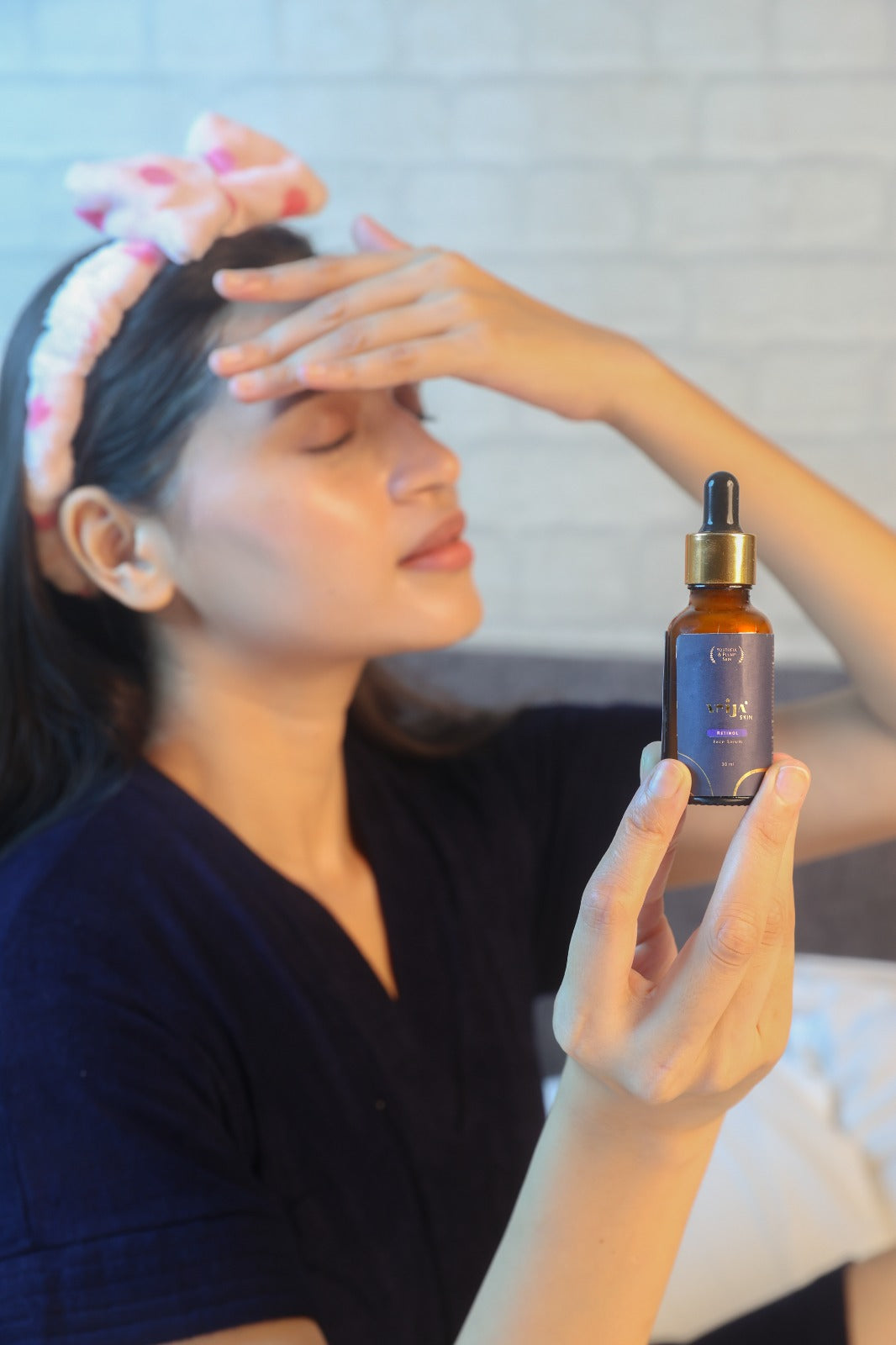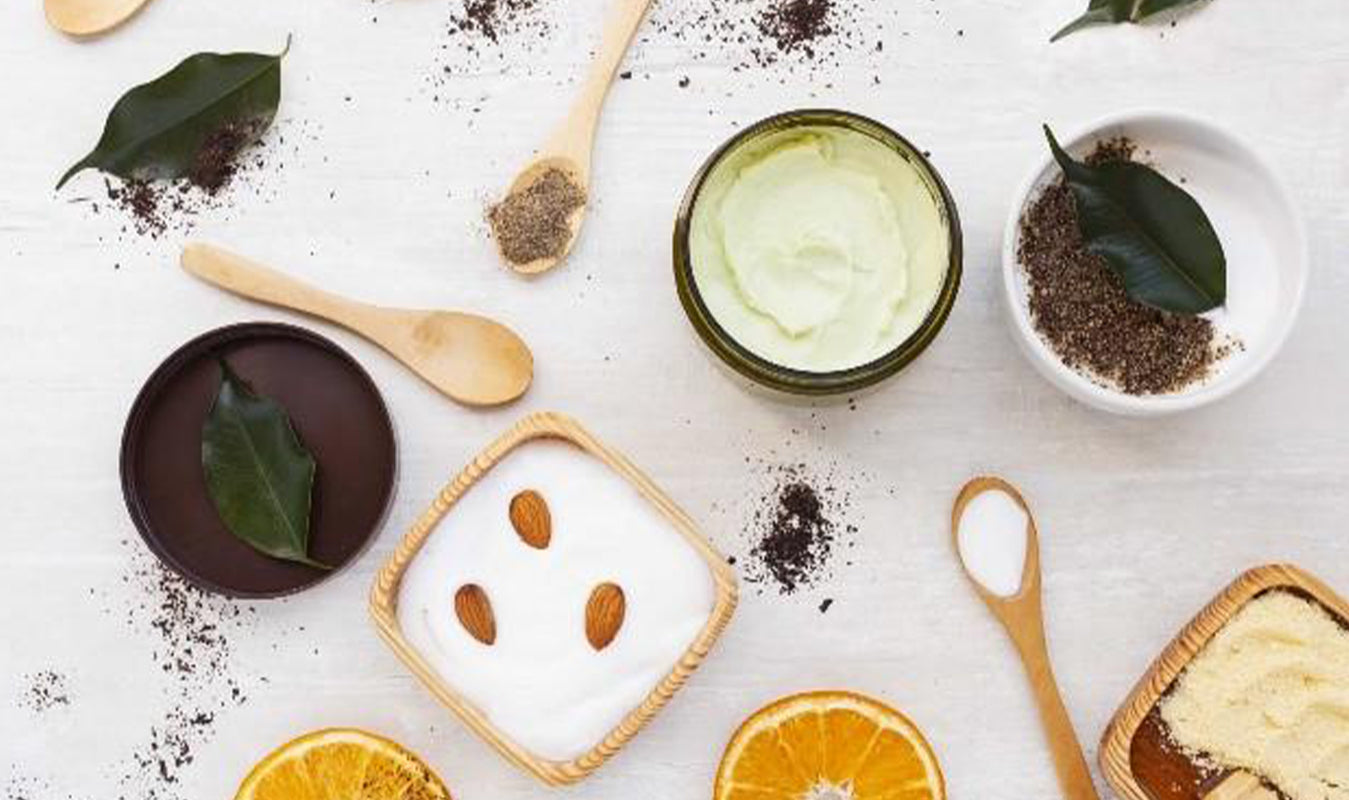
All you need to know about skin illumination serums
One thing that the pandemic has taught us is to take better care of ourselves. For some (probably most) of us, skincare is one way through which we express self-love. Though we might have different skin types and concerns, we rock the same boat in trying to get the healthiest skin. Of the many goals that we might have, getting bright and luminous skin is probably one of our top expectations. With a plethora of products available in the market, we, as consumers, are left a little confused as to what we should put our money into to get the skin of our dreams. If we are to narrow down to a particular category of ingredients, skin actives (particularly in the form of serums) would be our best bet. Face serums are lightweight, quick-absorbing liquids that contain a high concentration of actives, generally in their most potent dose. This makes them powerful ingredients that cater to the needs of your skin in a matter of a few weeks.
A particular category of serums, known as “brightening” or skin illumination serums has gained immense popularity in the past couple of years. These serums aim to reduce the appearance of dark spots and give your skin an even tone with a hint of glow. However, currently, the market is shaken up by the number of brightening or illuminating serums that are available over the counter, which can leave us in a dilemma about what to purchase. Today, we bring to you five heaven-sent ingredients that you must look for while you purchase your next bottle of brightening/illuminating serums.
- Niacinamide, a potent ingredient that protects the skin from oxidative stress, is probably the most popular brightening ingredient currently available on the market. A form of vitamin B, niacinamide also evens the skin tone by blocking excessive deposition of melanin in the skin (thus preventing hyperpigmentation). Additionally, niacinamide works exceptionally well in reducing redness and other signs of inflammation, thus soothing the skin.
- Vitamin C or ascorbic acid is a water-soluble vitamin and is of paramount importance when it comes to the synthesis of collagen (a protein in the skin that maintains its hydration and youthfulness). As it is a free radical scavenger, it also greatly reduces the oxidative damage caused to the skin by potent aggressors like UV rays, environmental pollutants, and psychological stress.
- Glutathione is a widely popular skin lightening ingredient. Interestingly it is naturally produced by our own body and it works wonders in detoxifying our body of the various toxins. As a powerful antioxidant, it reduces oxidative stress and diabetic complications and also protects the body from infection. It evens skin tone because of its antimelanogenic effects.
- Rosehip is a natural, less potent source of vitamin A. Extracted from the seeds and fruits of the plant Rosa Canina, rosehip oil increases cellular turnover and reduces signs of inflammation and hyperpigmentation.
- Astaxanthin, a carotenoid, is a great antioxidant found in foods like salmon, persimmons, and carrots (think of orange fruits and vegetables). Studies claim it to be as potent as vitamin c, and almost 100 times more powerful as compared to beta carotene and lycopene! Along with fighting free radicals and sun damage, astaxanthin also improves skin dryness.




